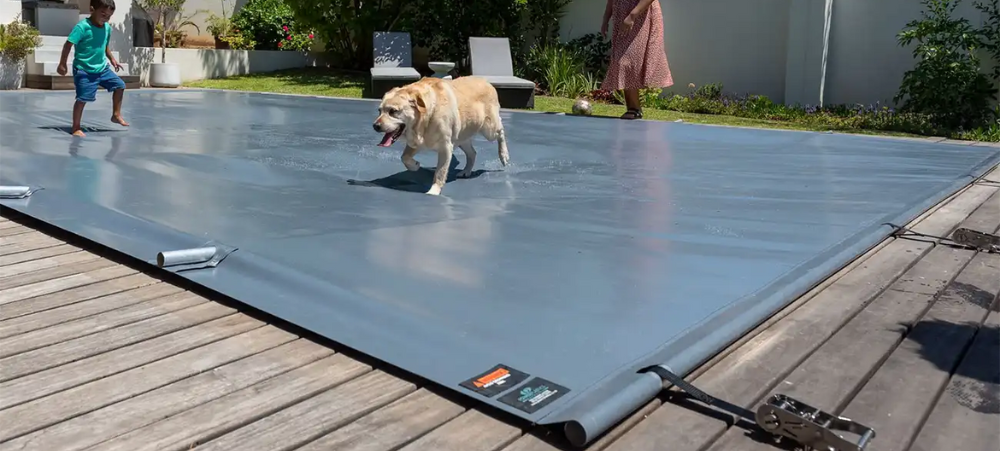Believe it or not, young toddlers use temper tantrums as a way to self-soothe. Temper tantrums are their bodies, and minds, way of dealing with stressful situations. Because a young child has not yet developed the ability to communicate or the means to create their own equilibrium like an adult, what comes out of these situations is a tantrum.
We may think there is no need for them in certain situations, but what we feel can be multiplied when it comes to our young toddlers. Their senses are still hyper-aware. Sounds, sights, touch and even taste can push your child into overdrive. You will notice when your child is overtired, whether from lack of sleep or overstimulation, the likelihood of them having a meltdown increases exponentially. While temper tantrums in toddlers are perfectly normal, doctors have said that there are five things to look out for in temper tantrums that may indicate that your child may need to see a doctor for any underlying conditions. It is important to note that your child may experience all of these at some stage, however if they all happen on a regular occasion you may want to take your child for a check-up with their paediatrician.
1) If their tantrum turns aggressive towards you or their caregiver during nearly all of their tantrums. Children often lash out physically, but if you are feeling like you need to take cover to protect yourself every time their have a meltdown, this may be a warning sign.
2) When your child hurts themselves on purpose during a tantrum. This can include banging their head against something, biting or scratching themselves. Toddlers can hurt themselves during a tantrum without meaning to (especially when they throw themselves to the floor in a state), but if you see they are trying to do it to purposely hurt themselves, this could be a sign that there is an underlying issue.
3) If your little one is having temper tantrums more than 5 times a day, regardless of whether they are overstimulated or tired.
4) If the tantrums are regularly over 20 minutes long.
5) If your child cannot soothe themselves after a tantrum. In young toddlers you will find a parents needs to assist their child to calm down, but as they start to learn to distract themselves or communicate better, their ability to self-soothe should increase too.
Regardless of whether there is an underlying concern or not, there are a few tricks to try the next time your toddler has a temper tantrum.
1) Stay calm! If you need to take a moment to do that, just make sure your child can’t hurt themselves first.
2) If you see the tantrum coming due to tiredness or overstimulation try and remove your child from the situation beforehand. Calming their nerves and giving them some quiet can help.
3) Depending on your child, they are all different, try waiting out or ignoring a behaviour related tantrum. Sometimes children, especially older toddlers, have a meltdown to get attention or something they want. If they see a tantrum doesn’t get them what they want, they will be less inclined to keep throwing them.
4) The louder your child becomes during a tantrum, the softer you should speak. Trying to out-shout them will only escalate an already stressful situation. This is especially true if the tantrum has developed from tiredness or overstimulation.
5) Understand your child’s tantrums. Most of the above tips will only work if you have some basic knowledge of where your child’s tantrum is coming from. Different tactics will work for different children, ages and circumstances. Try to take note of what your child was doing before the meltdown started, discern whether it is behaviour related or tiredness.
- Top ways to balance work and parenting - November 21, 2025
- Kangaroo care and its benefits - November 20, 2025
- Top 5 ways to encourage your toddler to speak - November 20, 2025





